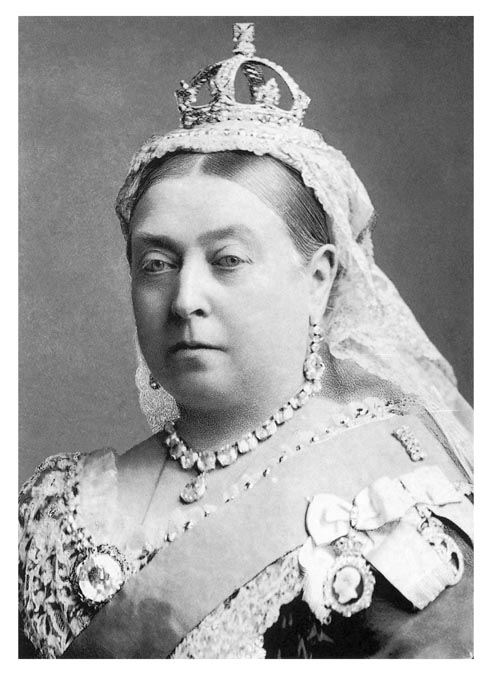
Consider the two British queens and their history. Queen Victoria lived to be 81 and Queen Elizabeth II lived to be 96. Victoria brought forth nine children and Elizabeth bore four children. Both loved their spouses totally and were torn asunder at their passing. Victoria was on the throne for 64 years and Elizabeth for 70 years.

Now I ask you who does the same job for that amount of time? Both exceptional leaders, the women gave it their all. They are women loved and remembered.
Queen Victoria’s parents had returned from Germany with the journey of 430 miles just a month before her delivery of a baby. The time was there were no tarmacadamed (today’s method of surface) roads in Europe. The duke drove himself. He had no ready cash to tip a coachman. Thus, Victoria was born Princess Alexandria Victoria of Kent May 24,1819 at Kensington Palace in London.
Victoria described her childhood as “rather melancholy.” Her mother was extremely protective and she was raised largely isolated from other children. Her lessons included French, German, Italian, and Latin, but she spoke only English at home.
She was about to be sworn in following the death of the Duke of York in 1827. Going to meet the Archbishop of Canterbury, Victoria wrote in her journal that “I got out of bed and went into my sitting room, only in my dressing gown and alone and saw them.” She was to become Queen Victoria. “Since it has pleased Providence to place me in this station, I shall do my utmost to fill my duty toward my country. I am very young and though not in all things, inexperienced, but I am sure that very few have more real good will and more desire to do what is fit and right than I have,” she said. Victoria had become Queen Victoria.
Victoria inherited the throne at age 18 after her father’s three elder brothers died without surviving legitimate issue. Victoria was a constitutional monarch who became identified with strict standards of personal morality. Coronation Day was June 28, 1838. The crowds were huge. The Queen was overwhelmed by the “multitudes the millions of my loyal subjects who were assembled in every spot to witness the Procession. How proud I felt to be the Queen of such a nation.”
She wed her first cousin, Prince Albert of Saxe-Coburg, in 1840. After his death in 1861, Victoria went into deep mourning and avoided public appearances. They had brought forth nine children. Victoria gave birth to daughter Victoria in November 1840. She hated being pregnant, viewed breast feeding with disgust, and thought newborn babies were ugly. The household was largely run for a while by her childhood governess, Baroness Louise Lehzen, from Hanover. But Prince Albert had issues with her and she was dismissed.
By the time of her Diamond Jubilee, Queen Victoria represented in the eyes of many the very summit of British power in the world. The British dominated Asia, India, Upper Burma, South Africa, Australia, New Zealand, and Canada. She was the great-grandmother of Queen Elizabeth.
By January 22, 1901, the queen was blind and semi-conscious. At 4 p.m. her doctor gave his verdict to the family that “The Queen is sinking.” She died at 6:30 p.m. and her body was never seen by her doctors. They were forbidden in her lifetime to touch her with a stethoscope. The elaborate instructions regarding her coffin arrangements were followed to the letter. She was buried February 4, 1901 in the Royal Mausoleum, Frogmore, Windsor.
The awe is for Queen Victoria the woman. One of great kindliness, with a sharp intelligence, and was easily amused. But then, you must remember, you had been in the presence of greatness.

